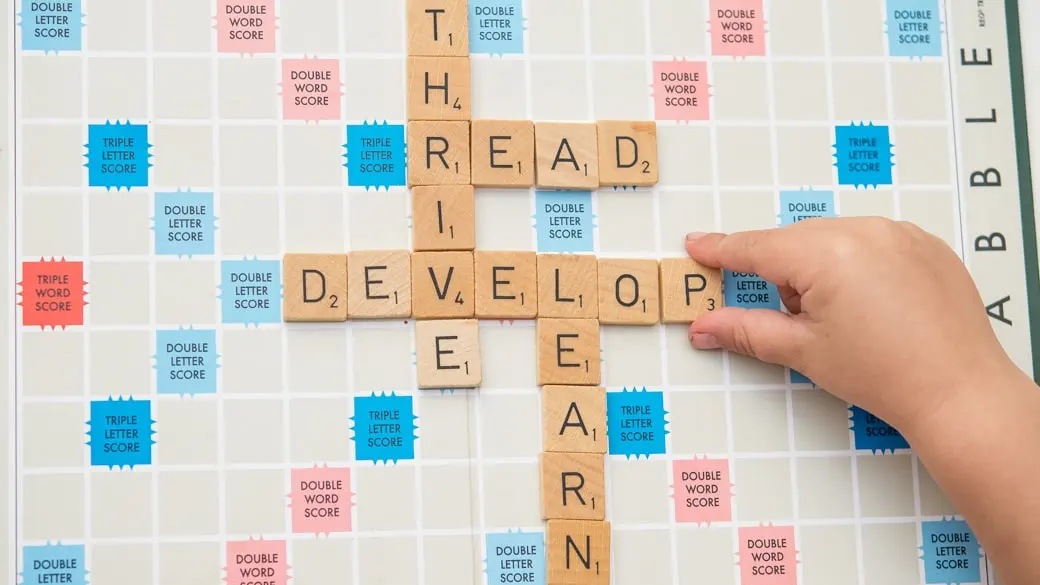Phonics is the learn-to-read teaching method used in most UK primary schools today. Put simply, phonics teaches children to read by identifying the individual sounds in a word and blending them together.
As a parent, the phonics method can appear confusing. It is an unfamiliar approach for most, and littered with technical terminology (you may have heard terms like ‘graphemes’, or ‘split digraphs’). This guide aims to dispel some of this confusion by providing a step-by-step explanation of what your child is expected to learn and how you can best support them.
Phonics Programmes
Many schools teach phonics through a particular teaching programme. Some of the most popular schemes include Jolly Phonics, Letters and Sounds and Read Write Inc, although there are a range of alternatives.
Although all of these programmes teach phonics in a similar way, there are differences in their methods. Check with your child’s teacher to find out which programme they are using at school and how you can best support your child at home.
Glossary of Terms
Getting your head around the terminology used in phonics can be daunting. However, once you understand the terms listed below, the whole process should become clearer. These terms are fundamental to phonics teaching and are taught explicitly to children at school.
Phoneme
The basic sound units of speech. There are approximately 44 phonemes in English (this differs depending on regional accents). Phonemes can be combined to form words. For example, the phonemes /th/, /i/ and /ng/ combine to make the word thing.
Grapheme
A way of writing down a phoneme. A grapheme can be made up of 1,2,3 or 4 letters, e.g. c, sh, air, ough. Some phonemes can be spelt with different graphemes. For example, the hard ‘c’ sound can be made using a ‘c’, ‘k’ or ‘ck’ grapheme.
Digraph
A two-letter grapheme that represents one phoneme, for example ‘sh’, ‘ch’, ‘ee’, ‘or’
Trigraph
A three-letter grapheme that represents one phoneme, for example ‘igh’, ‘dge’, ‘ear’
Split digraph
When a digraph is split by a consonant it becomes a split digraph. Split digraphs usually create a long vowel sound, for example ‘a-e’ (take), ‘o-e’ (mode), ‘i-e’ (time), ‘e-e’ (these), ‘u-e’ (rude). You may have learnt this as the ‘magic e’ method.
Blending
The basis of using phonics to read words. Children sound out each phoneme in a written word and then blend the sounds together to read the word. For example, t-r-a-p, blended together, becomes trap.
Segmenting
The basis of using phonics to spell words. Children listen to a word, break it up into separate phonemes and choose the appropriate grapheme to represent each phoneme. For example, chick can be segmented as ch-i-ck.
In her next blog post, Rosie provides a step-by-step guide on how to teach reading using the phonics methodology.
